In collaboration with Erik Blinderman.
Performance, installation and photography.
Oppenheimer Space, Frankfurt am Main, Germany, 2008.
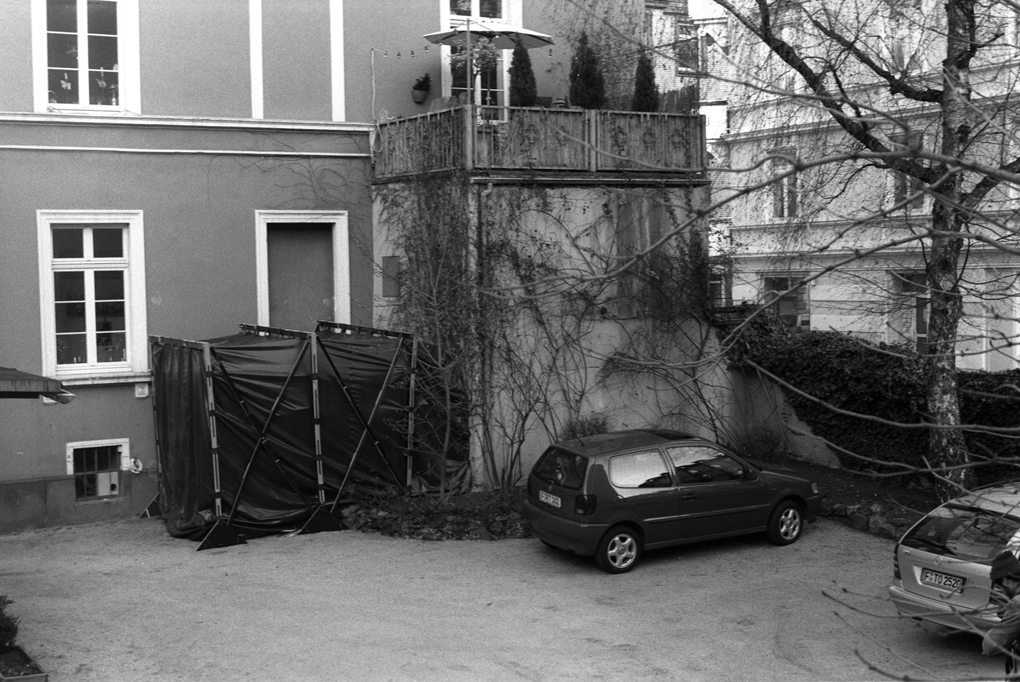
View of Doppelgäng installed on the back of Oppenheimer Space.
This piece consisted of an installation, a performance and resulting photograph made in collaboration with Erik Blinderman. A small gallery space was doubled in black vinyl at its rear, accessed by installing Erik’s piece Speakeasy modified with a peep-hole fitted with a lens. This effectively turned the black double into a ‘camera obscura’ in which life size photographs (1m x 2m) of the original gallery space were exposed and immediately developed. The performance included an announcement, the photo shoot, and the development, which lasted 2 hours.
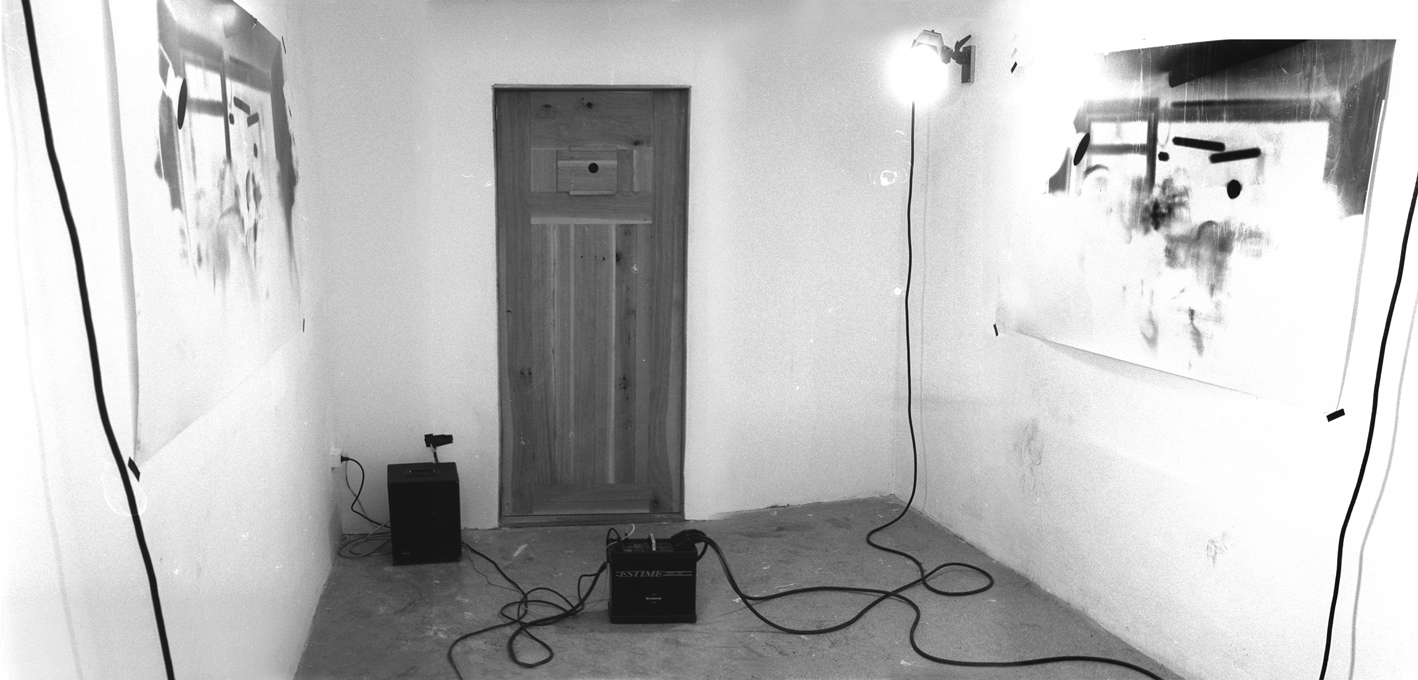 Post-performance view of Doppelgäng showing the resulting photographs.
Post-performance view of Doppelgäng showing the resulting photographs.
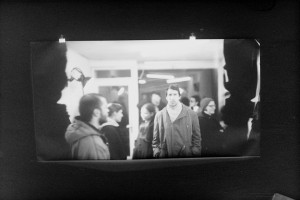
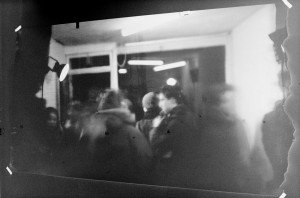
Inverted images of the resulting photographs.
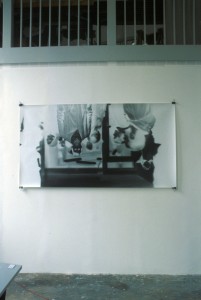
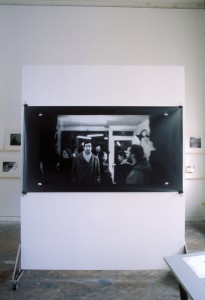
Views of the original photograph (left) and its double (right) rephotographed by setting up the Dopplegäng as a “studio camera.”
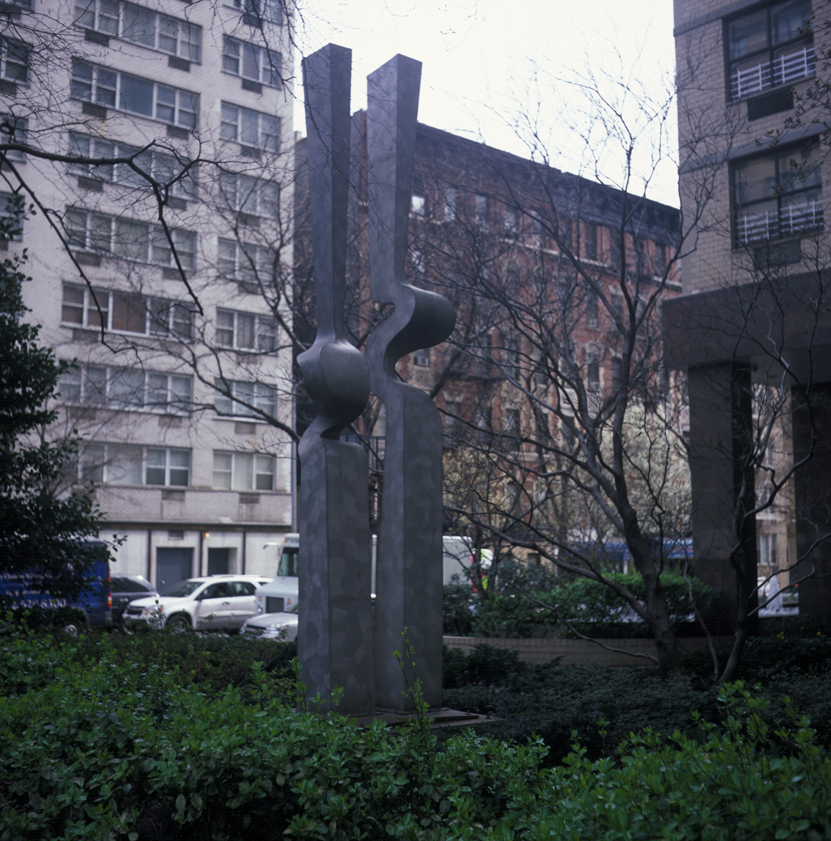
“Itzamna Stella”
Hans Van de Bovenkamp
NY, USA 1996
Photograph April 11, 2008
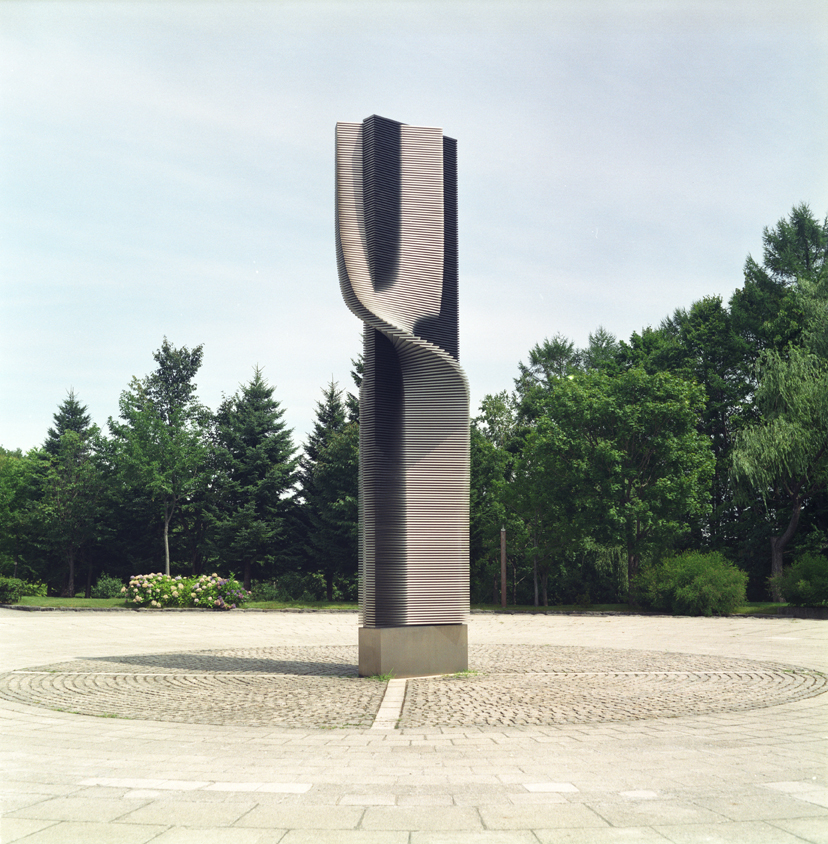
“Ascending”
Raimo Utriainen
Sapporo, Japan 1986
Photograph August 24, 2005

Title, Author and Date of production unknown
Vichny Volochek, Russia
Photograph September 17, 2006
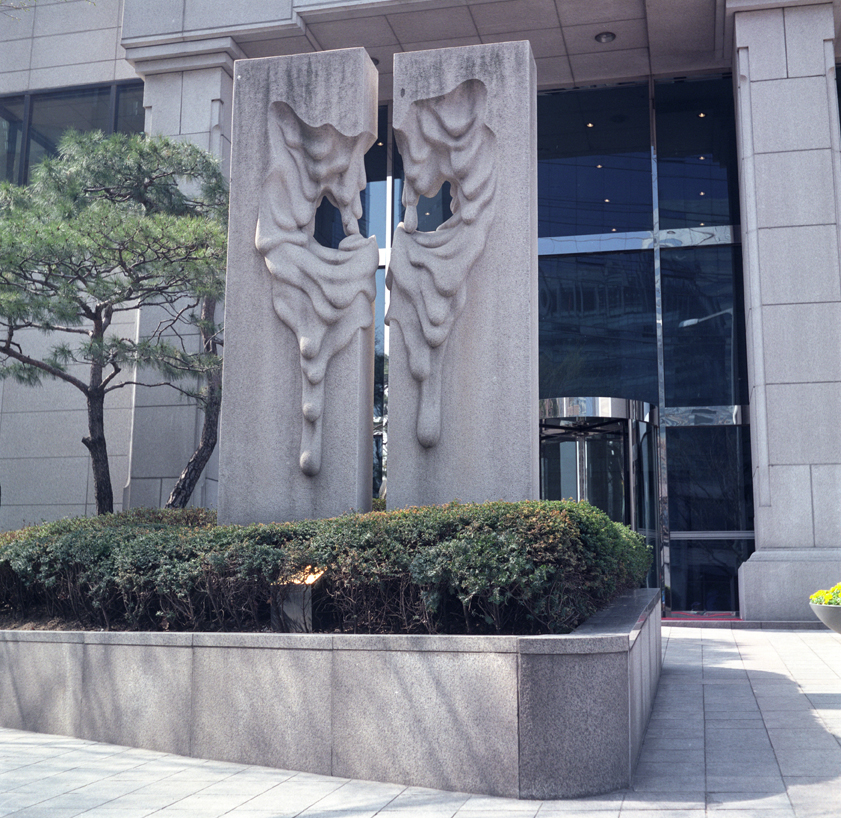
“My Mind Your Mind”
No Jae Seung
Seoul, Korea, circa 2002
Photograph April 8, 2005
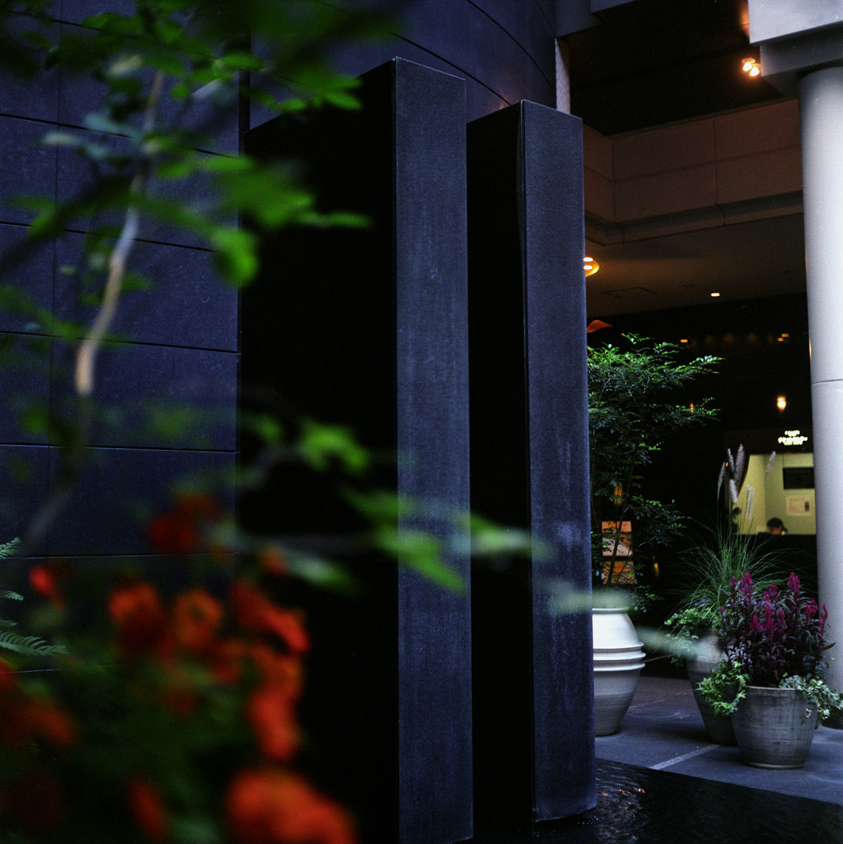
“Bunkamura”
Jean-Michel Wilmotte
Tokyo, Japan 1989
Photograph September 18, 2005
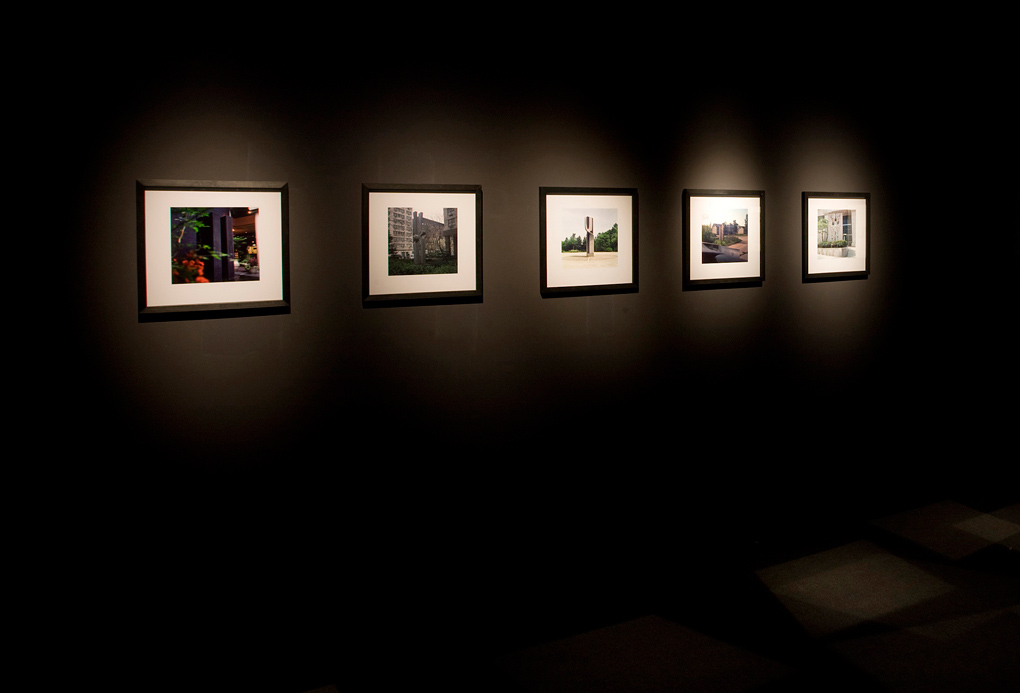 (Installation of Gestalt in “Ende 2008” at the Staedel Museum, 2008.)
(Installation of Gestalt in “Ende 2008” at the Staedel Museum, 2008.)
Addenda:
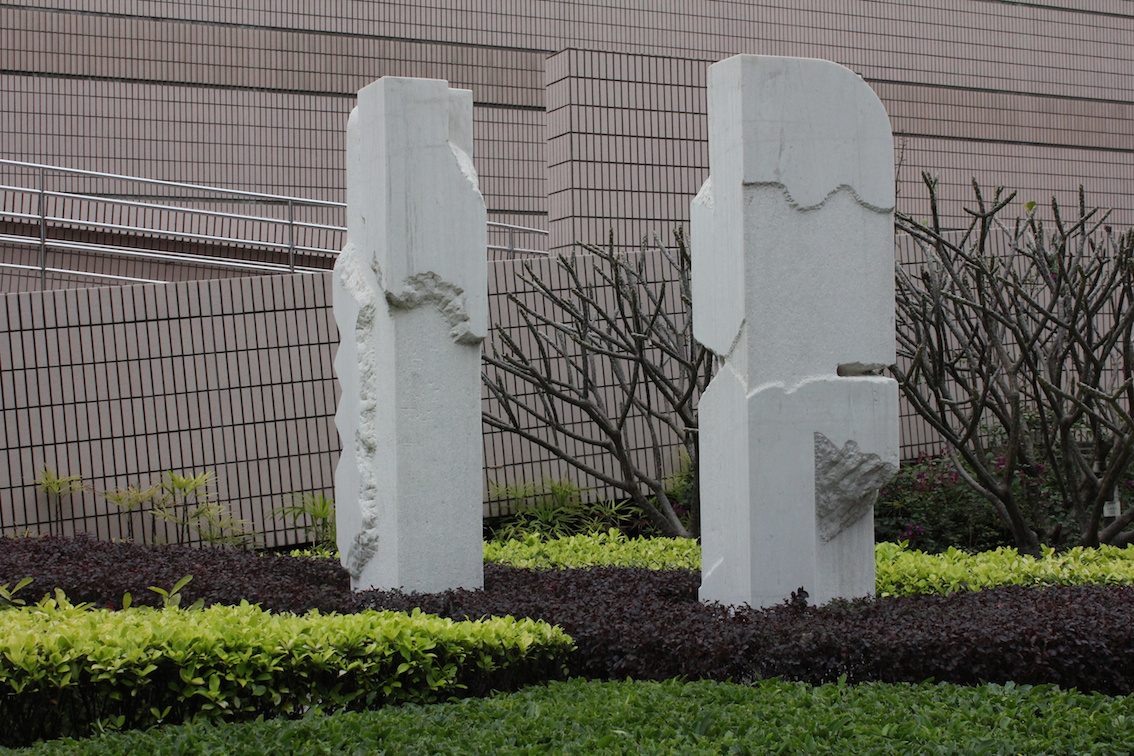
New addition:
“Universal Union”
Leung Kui-Ting
Hong Kong, 1991
Photograph February 29, 2012
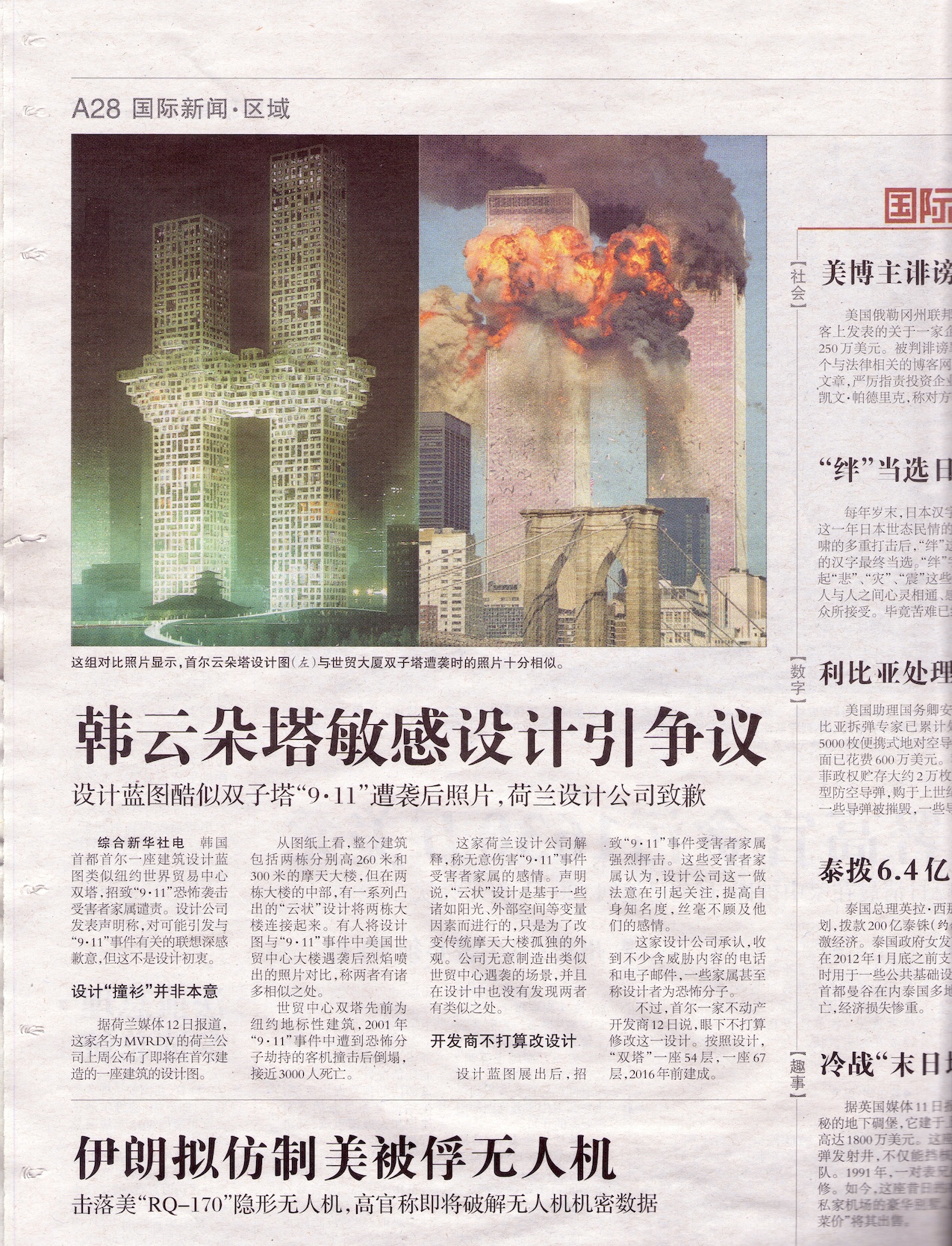
(Article found in the “新京报 ” [The Beijing News], December 13th, 2011.)
Performance and vinyl text.
“About Now” Perla Mode, Zürich CH, 2009.
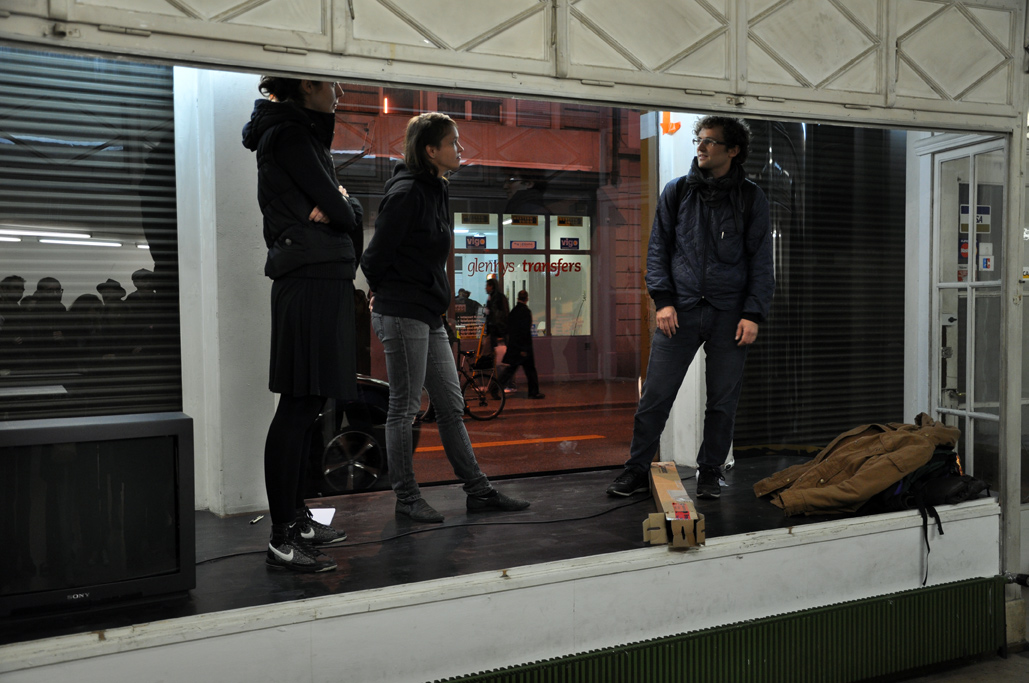
Conceived for an exhibition around the theme of instant photography, my contribution was announced as an instruction piece in which I would not be present for the installation of the text, which would be carried out at the opening by the installers. The installers would try to guess my instruction from a disorder of syllables in a package sent to the gallery weeks earlier. However, as they began to open the package holding the text, I ran into the gallery from outside, interrupting the process, and gave a short spontaneous speech about why I changed my mind, and why it was important to come up with a more meaningful statement. After deciding on a statement to be placed on the window (“handle with care”) the package was then opened, revealing that my speech had been a script.
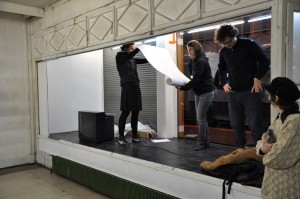
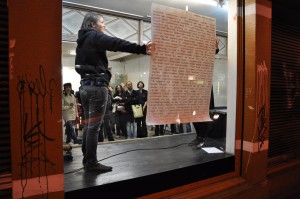
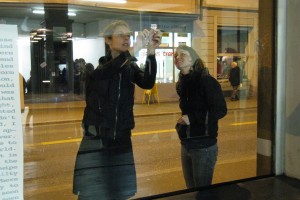
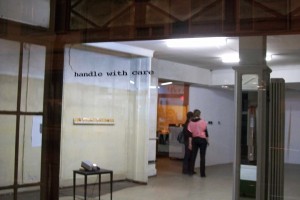
Top: interrupting the installers; ↑L: the installers opening the package; ↑R: re-reading the script after its revelation; ↓L: installing the decided text on the window; ↓R: the text as it remained on the window.
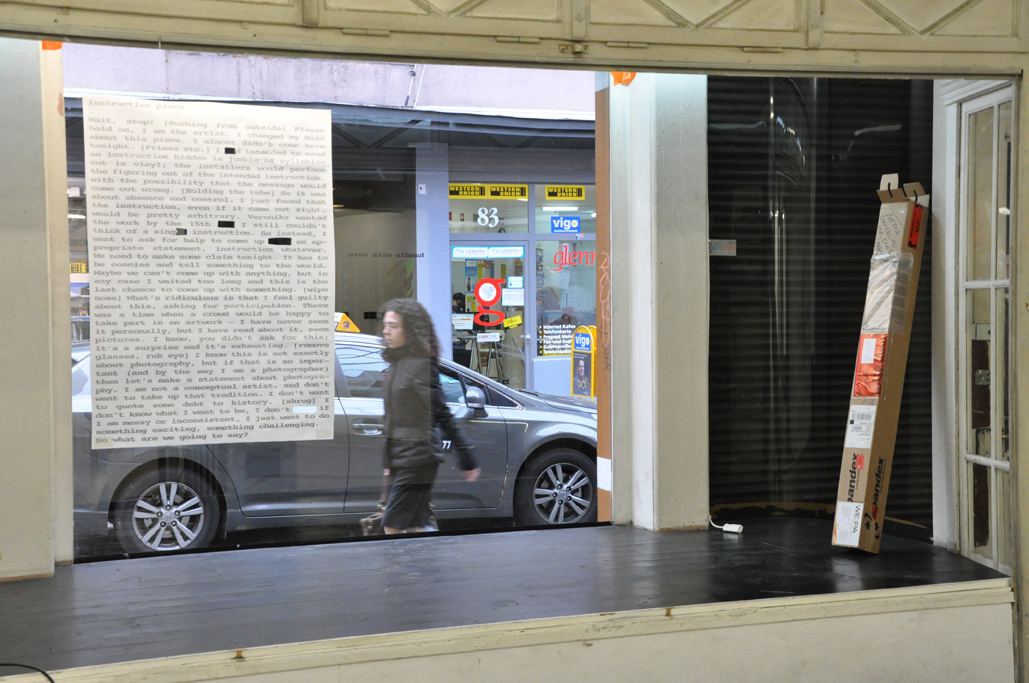
Above: the installation resulting from the performance. Below: the script.
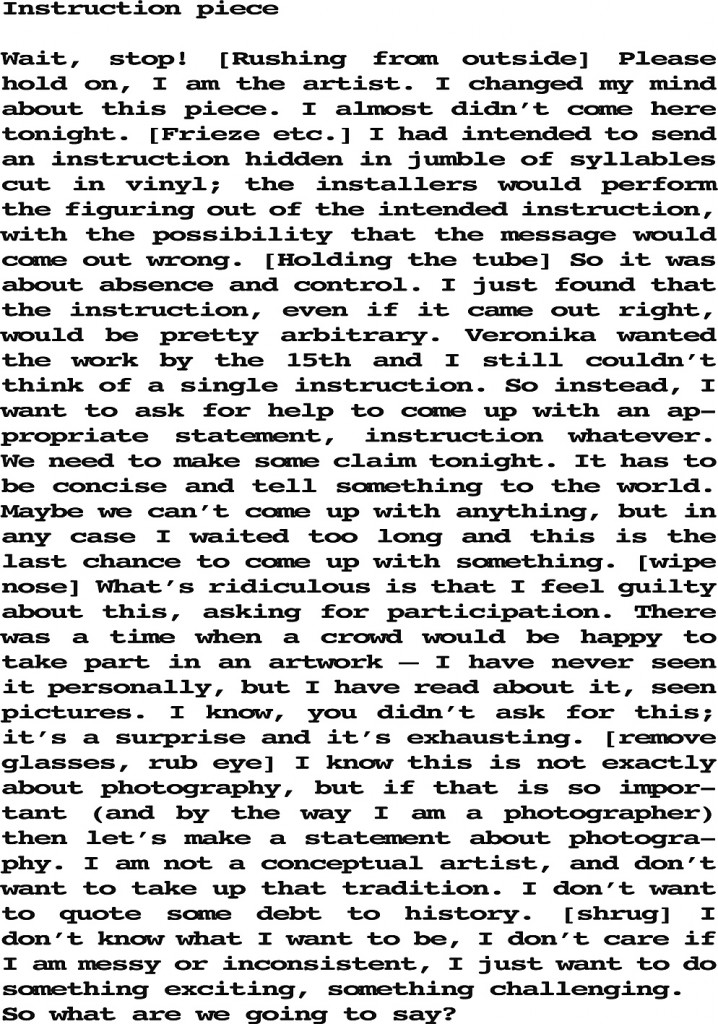
Performance and installation.
“And they were one!” Maeda Gallery, Kitakyushu, JP, 2004.
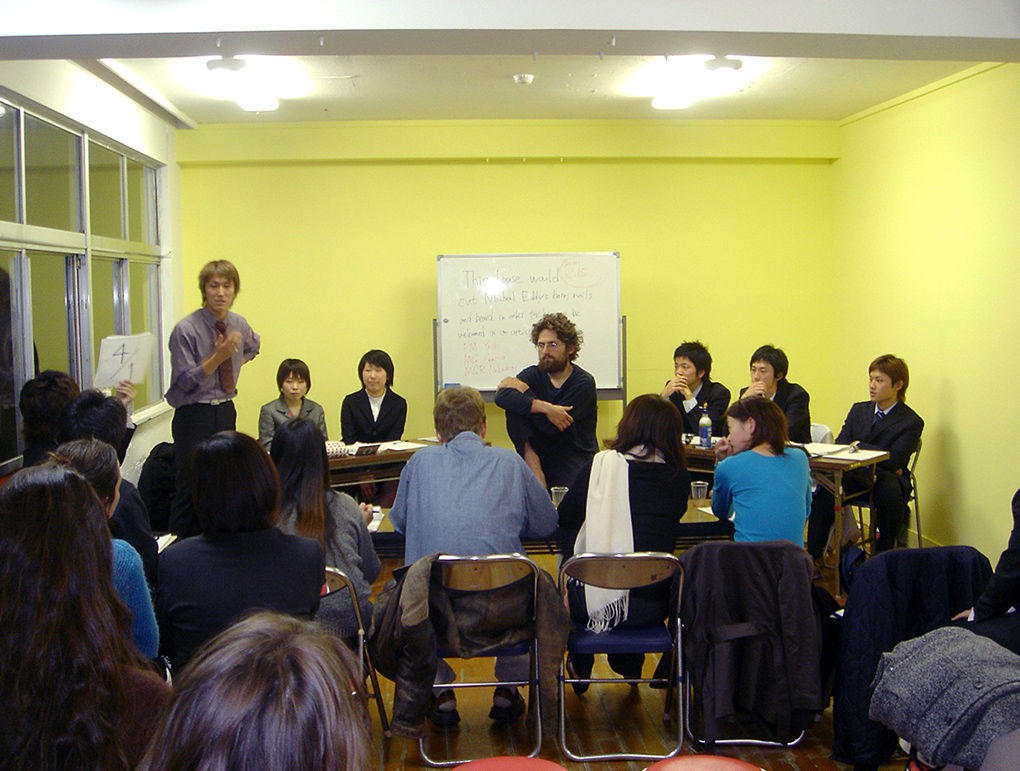
A local university debate club argued for and against the following topic:
“This House would cut Michael Eddy’s hair, beard and nails in order for him to be welcome as an artist in Japan.”
(2008, first published in Realism newspaper as part of the Free Class Frankfurt’s exhibition Trompe L’oeil Polizei at the Frankfurter Kunstverein, 2008; the below version annotated by Robert Knowles and Jon Knowles and included in the art work My other office is a bistro table by Knowles Eddy Knowles in the exhibition Making it Work at the Leonard and Bina Ellen Gallery, Montréal, 2009)
Paying heed to even wider sections of the contemporary art world one notices there is no stigma attached to collective work, except perhaps by certain collectives or critics who label it as en vogue. Or should one employ the term ‘lament’ to describe the tone of art groups come of age in the last decade or two, noting the passing from ‘independent’ to ‘institutionalized?’ Perhaps as the perennial inheritor of paradise lost, I am projecting. For something must prompt the question: “But why are collectives so attractive to the institutions nowadays?” and I simply refuse to believe the aura of authenticity exhausts the discussion as a concept or as an answer. I think it is important to look at a few of the many ways that groups operate, and the implications of these methodologies.
pdf: Presence and Absence in Crowds
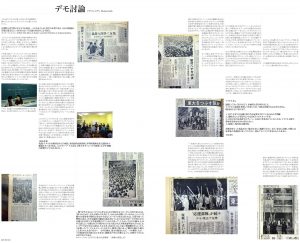
For George
(2010)
I found a note in my then mess-of-a-sketchbook, which I had taken down in the library of the University of Kitakyushu.
“It is recourse to the rational and reasonable for the ideal of universal communion that characterizes the age-long endeavor of all philosophies in their aspiration for a city of man in which violence may progressively give way to wisdom.” Chaïm Perelman, The Idea of Justice and the Problem of Argumentation (1963).
I had remembered reading this passage, and found the sketchbook in the boxes I was meant to sort through in my mother’s front room back in Nova Scotia. Violence giving way to wisdom. There is a special place in my memory for that point; like some as yet unexploited deposit. (…)
Japanese-translated broadsheet version pdf: protest-debate_japanese
English broadsheet version pdf: protest debate_eng
English linear version pdf: protest debate
This text appeared in poster form in the exhibition “Instructions from the Readymade Institution” in Sapporo, Japan, in 2017.

 Post-performance view of Doppelgäng showing the resulting photographs.
Post-performance view of Doppelgäng showing the resulting photographs.



















